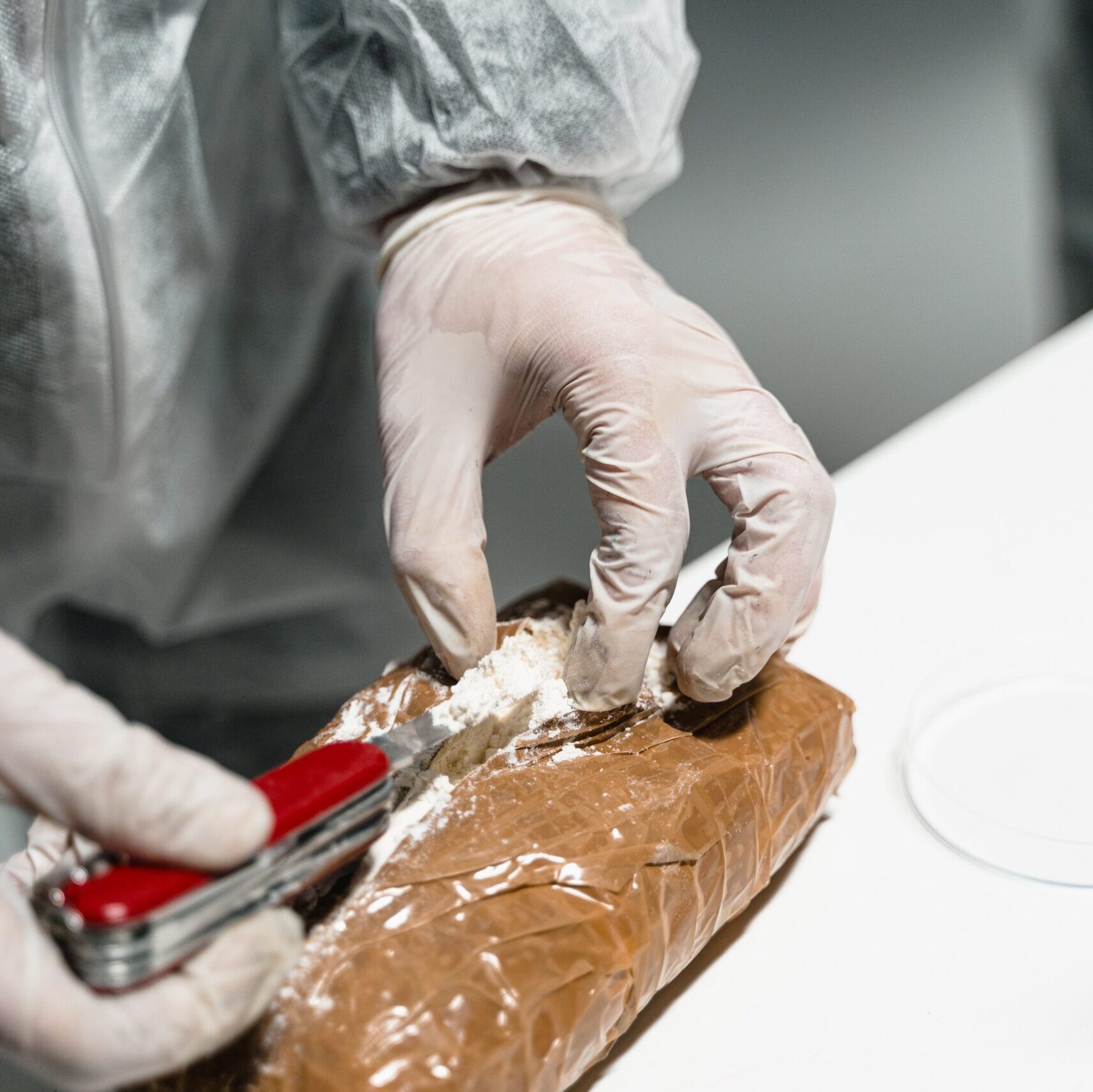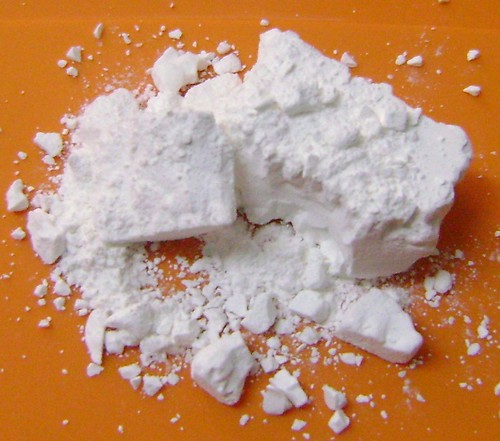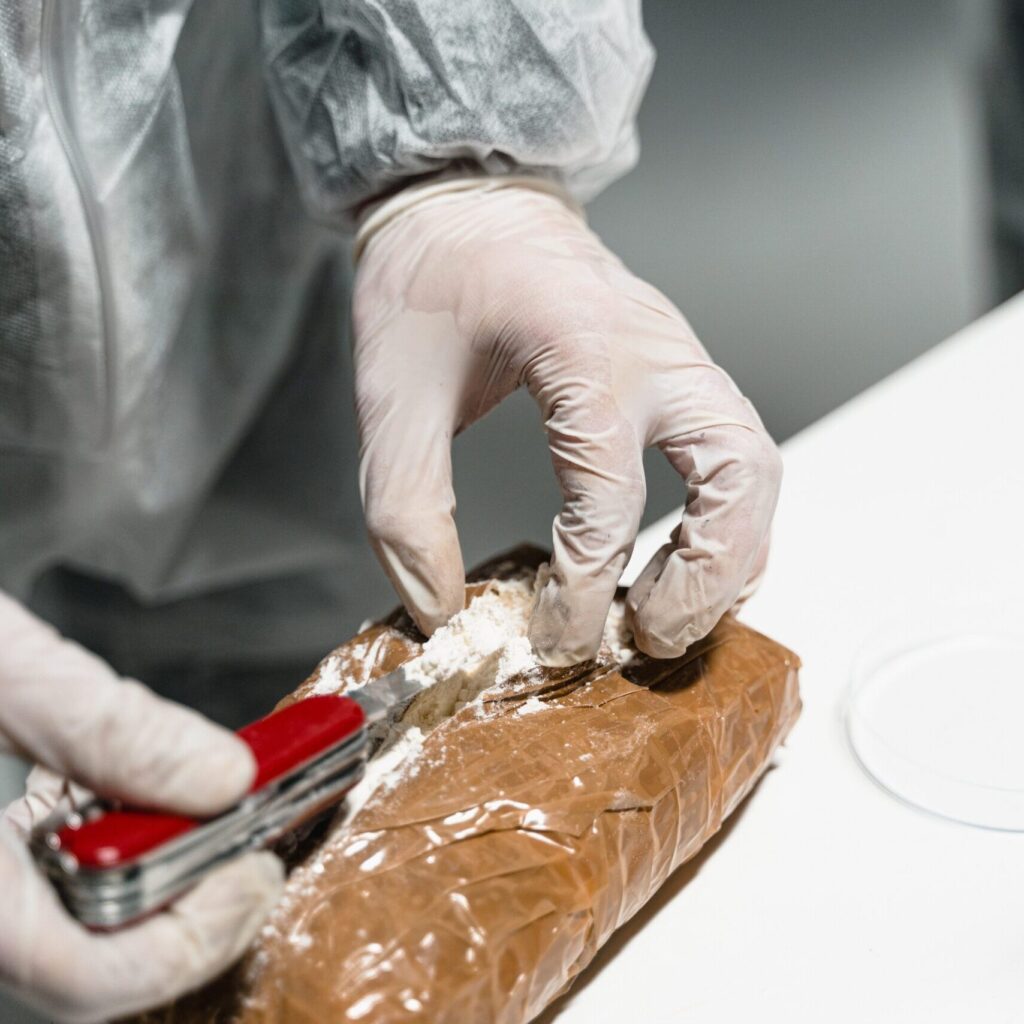History of Cocaine Production
The history of cocaine production is intertwined with the history of the coca plant, from which cocaine is derived. Here’s an overview:

- Pre-Columbian Period: Indigenous peoples in South America, particularly in the Andean region, have been using coca leaves for thousands of years. The coca plant (Erythroxylum coca) was cultivated by civilizations like the Inca for its stimulant properties. Chewing coca leaves provided energy and alleviated hunger, fatigue, and altitude sickness.
- European Discovery: Spanish conquistadors encountered coca use during their conquest of South America in the 16th century. They observed the indigenous populations using coca leaves and recognized its stimulating effects.
- 19th Century Cocaine Isolation: In the 19th century, European scientists began isolating and studying the active alkaloid in coca leaves, which they named cocaine. In 1855, German chemist Friedrich Gaedcke isolated cocaine from coca leaves. In 1860, another German chemist, Albert Niemann, developed a more efficient extraction method.
- Medical and Recreational Use: Throughout the late 19th and early 20th centuries, cocaine gained popularity in Western medicine and was used in various tonics, elixirs, and patent medicines. It was also used recreationally, often in the form of cocaine-laced beverages like Vin Mariani and Coca-Cola (which initially contained cocaine until the early 1900s).
- Rise of Cocaine Abuse: By the late 19th century, concerns about cocaine abuse began to emerge. Reports of addiction, overdose, and adverse effects led to the enactment of regulatory measures in some countries. The Harrison Narcotics Tax Act in the United States, passed in 1914, regulated the production and distribution of cocaine and other narcotics.
- 20th Century Production: Despite regulatory efforts, cocaine production continued, particularly in countries like Peru, Bolivia, and Colombia, where coca cultivation is native. In the mid-20th century, cocaine began to be processed into more potent forms, such as cocaine hydrochloride and later crack cocaine, leading to increased demand and profitability.
-
War on Drugs and Interdiction Efforts: The latter half of the 20th century saw intensified efforts by governments, particularly in the United States. To combat drug trafficking and cocaine production through measures such as law enforcement operations, international cooperation, and crop eradication programs.
- Modern Cocaine Trade: Despite ongoing interdiction efforts, cocaine production continues to be a significant issue. Particularly in regions like the Andean countries and parts of Central America. Organized crime groups, such as cartels, control much of the cocaine trade, fueling violence, corruption, and instability in affected regions.
Throughout its history, cocaine production has been marked by a complex interplay of cultural, economic. And political factors, contributing to its enduring presence and impact on societies worldwide. cc History of Cocaine Production


